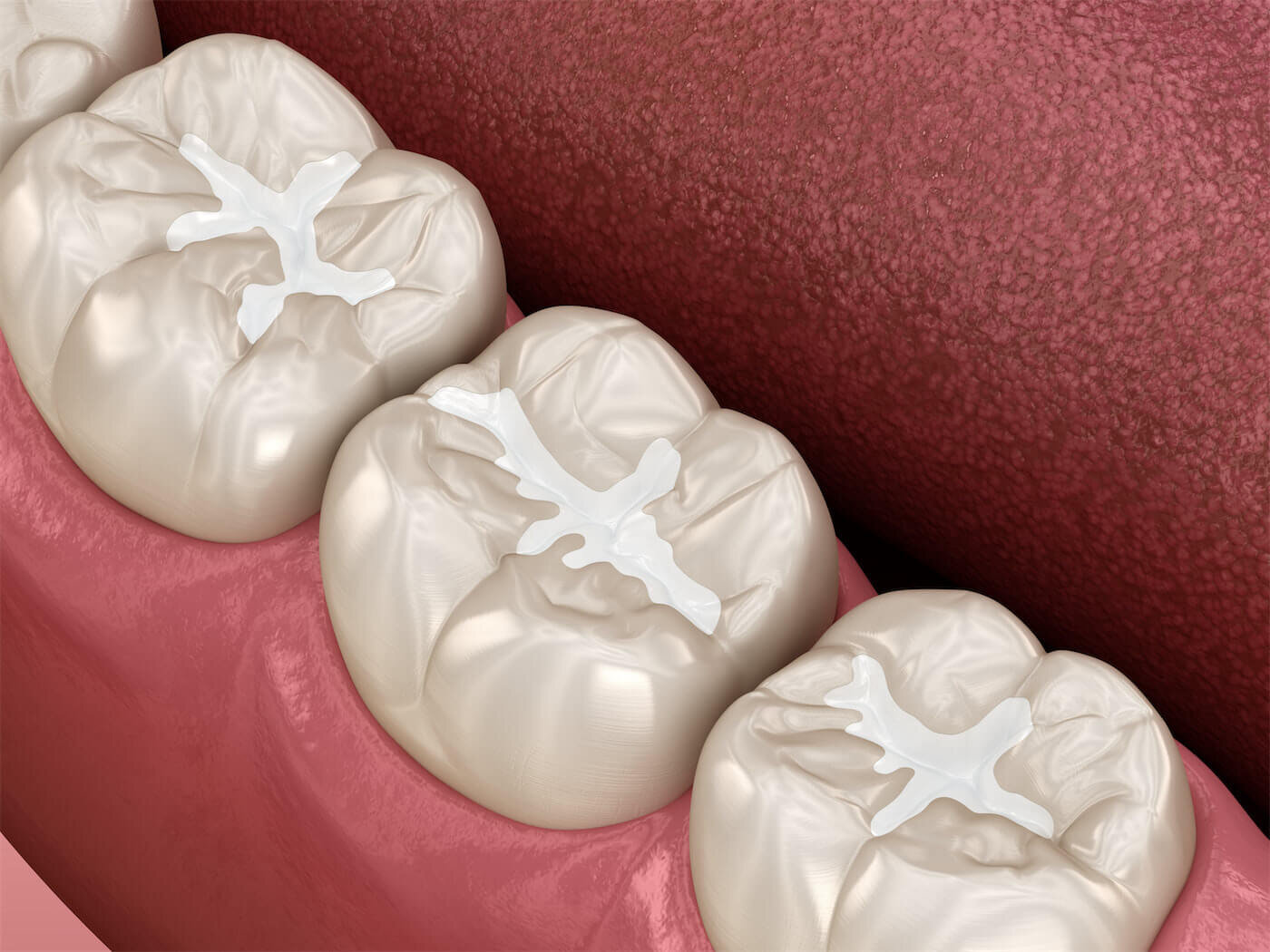
Dental fillings are single or combinations of metals, plastics, glass or other materials used to repair or restore teeth. One of the most popular uses of fillings is to “fill” an area of tooth that your dentist has removed due to decay – “a cavity.” Fillings are also used to repair cracked or broken teeth and teeth that have been worn down from misuse
Dental filling materials include:
Indirect fillings are similar to composite or tooth-colored fillings except that they are made in a dental laboratory and require two visits before being placed. Indirect fillings are considered when you don’t have enough tooth structure remains to support a filling, but your tooth is not so severely damaged that it needs a crown.
